The CLARIAH-VL team from the Literature Department of the University of Antwerp looks back on an intense but inspiring week of teaching in the Antwerp Summer University. This year, the theme of the summer school was: Digital Humanities – Computer-assisted genetic editing: from handwritten text recognition to keystroke logging. From 3 to 7 July 2023, participants from Belgium, the Netherlands, Germany, Denmark, Italy, Poland, Turkey, Finland, and Slovenia immersed themselves in the world of digital scholarly editing, handwritten text recognition, keystroke logging and X-technologies. In addition to inspiring others to use digital tools in scholarly editing projects, the summer school also provided a great opportunity to test two tools developed within CLARIAH-VL, as part of eXtant, a toolkit for digital scholarly editing: Axolotl and Keystroke Loxensis.
Making XML less scary with Axolotl
The week began on Monday with a lecture on digital scholarly editing by Dirk Van Hulle. After this lecture, which set the context for the summer school, Josip Batinić and Loren Verreyen gave participants a theoretical introduction to handwritten text recognition (HTR). This provided the participants with a solid basis for learning how to use the HTR tools the next day. The afternoon sessions were devoted to learning the basic principles of XML, currently the most widely used markup metalanguage in digital scholarly editing. To practice TEI-XML for manuscript encoding, the participants were divided in groups of five and asked to transcribe a page from Mary Shelley’s Frankenstein manuscript – as available in the Shelley-Godwin Archive – according to the BDMP (Beckett Digital Manuscript Project) encoding manual. Whereas normally each participant would have to work on their own transcription, or assign one participant the task of typing the transcription, the participants could now join forces and work together on one transcription simultaneously. How? By using Axolotl, a collaborative XML editor, developed by Nooshin Shahidzadeh Asadi. Working in this scenario, the participants were the first users of Axolotl to put the tool to the test. Although the tool is still under development, it proved to be very useful from a pedagogical point of view: enabling group work where participants could help each other, correct each other’s transcriptions, and learn from each other directly by seeing them write TEI-XML. One participant even pointed out that it “made the learning process of TEI-XML a bit less confronting and terrifying”.
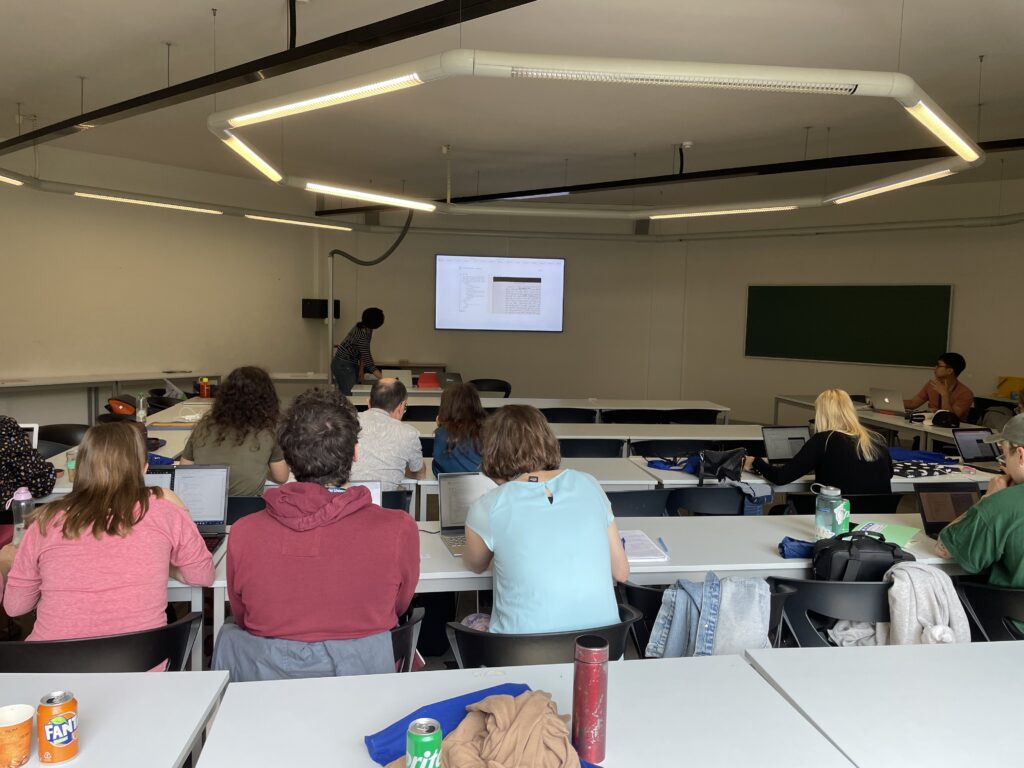
The sessions on Tuesday were dedicated to handwritten text recognition, and in particular to working with Transkribus. Everyone wrote a short text to be transcribed later, using Transkribus. This way, the participants learned the workflow in Transkribus, how to run the available models and how to interpret the Character Error Rate (CER). Finally, the HTR results were exported to TEI-XML for use in a later phase of the summer school.
Editing digital writing processes
As scholarly editors in the 21st century, we are not only working with handwritten or typescript material. More and more of our literary heritage is born-digital, and therefore eXtant also provides tools to help and encourage us to work with born-digital material, particularly with keystroke logging data. The sessions on Wednesday were therefore devoted to an introduction to keystroke logging (taught by Lamyk Bekius). Participants began the day by writing a short text and logging their writing process using the keystroke logging tool Inputlog. To enable text genetic analysis of the writing process, the keystroke data needs to be presented in a way that captures only the information relevant to text genetic research, and that conveys the interpretation of the data in a format that is easy to read and preferably familiar to peers. Encoding the keystroke logging data in TEI-XML can be considered as one solution for this task, as Lamyk has argued in the Track Changes project (Huygens Institute/University of Antwerp). Using the encoding manual for keystroke logging data, provided as part of eXtant, the participants had to reconstruct their writing processes in the same way. Encoding the keystroke data is a laborious task, but it is a great exercise for learning XML, and it raises awareness of the peculiarities of digital writing (e.g. typing behaviour) and the challenges of encoding it. On Wednesday afternoon, Mike Kestemontgave the keynote lecture on intertextuality in Middle Dutch epic literature: “The wandering verse: the computational detection of micro-intertexts in medieval literature”. This lecture was open to the public, as part of the Platform{DH} Lecture Series.
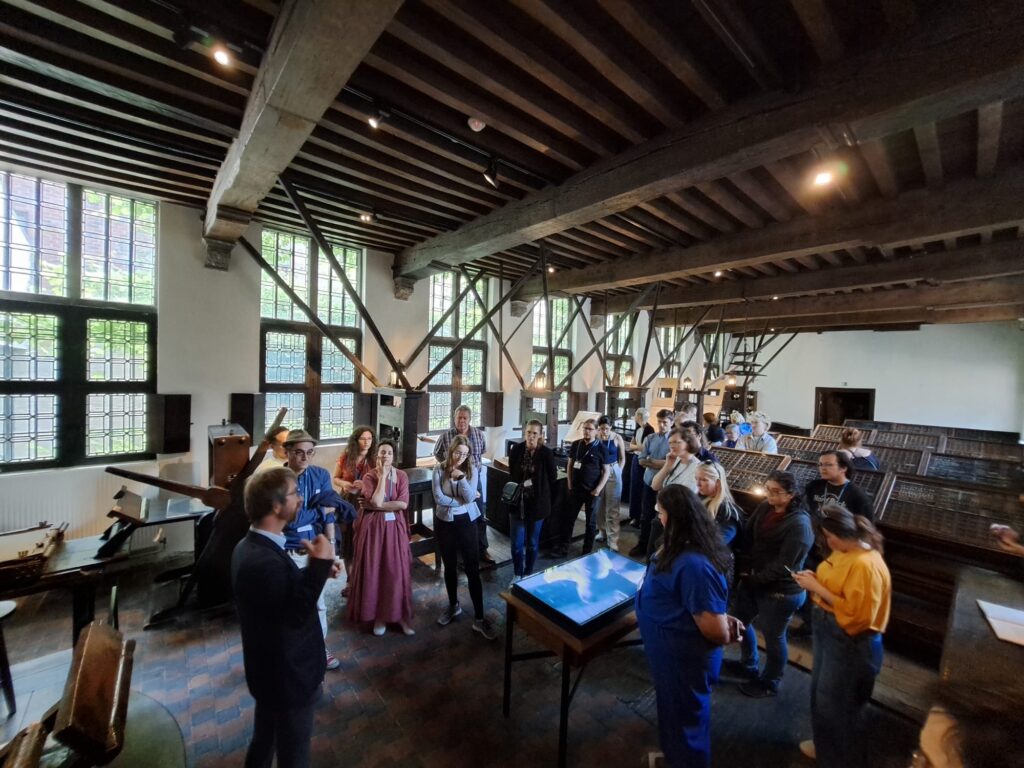
Replay it with Keystroke Loxensis!
Since a number of tools in eXtant are developed as applications for eXist-db, we decided to offer an introduction to working with eXist-db during the summer school. eXist-db is an open-source NoSQL XML database and application platform. It provides an integrated infrastructure for the development of any web-based software that is driven by XML data and is increasingly used for many digital edition projects. Including eXist-db in the programme also had the benefit of allowing us to briefly introduce Keystroke Loxensis to the participants. This is a tool for visualizing keystroke logging data encoded in the text in TEI-XML and is part of the eXtant toolkit. Once you have the XML document with the correct encoding, you can upload the document to the application. This therefore allowed the participants to see the results of their encoding efforts: all the writing actions can be shown in one glance or replayed in the order they were carried out. On Thursday, we also took the first steps towards making a simple ‘digital edition’ of the Transkribus output in eXist-db, including an introduction to HTML and CSS – still key to the visualization of transcriptions – given by Nooshin. In the afternoon, we left the classroom behind for an excursion to the Plantin-Moretus Museum and the summer school dinner.

On Friday, we discussed a variety of X-technologies, starting from XPath to XQuery to XSLT. In eXist-db, the participants learned how to use these technologies by making a simple edition of the HTR assignment. With just a little coding, all the images and transcriptions from all the participants could be visualized, and the participants could then modify the HTML and CSS to their own liking. A great result after a week of hard work.
We are very happy with the way the summer school went and with meeting the wonderful participants. It was also great to be able to test our tools with some potential users, as it showed us where to improve and where to fix bugs. At the end of the summer school, participants anonymously filled in a survey to rate the tools they had worked with, giving us useful feedback on Axolotl and Keystroke Loxensis. And, importantly, the majority of participants acknowledged the usefulness of both tools.
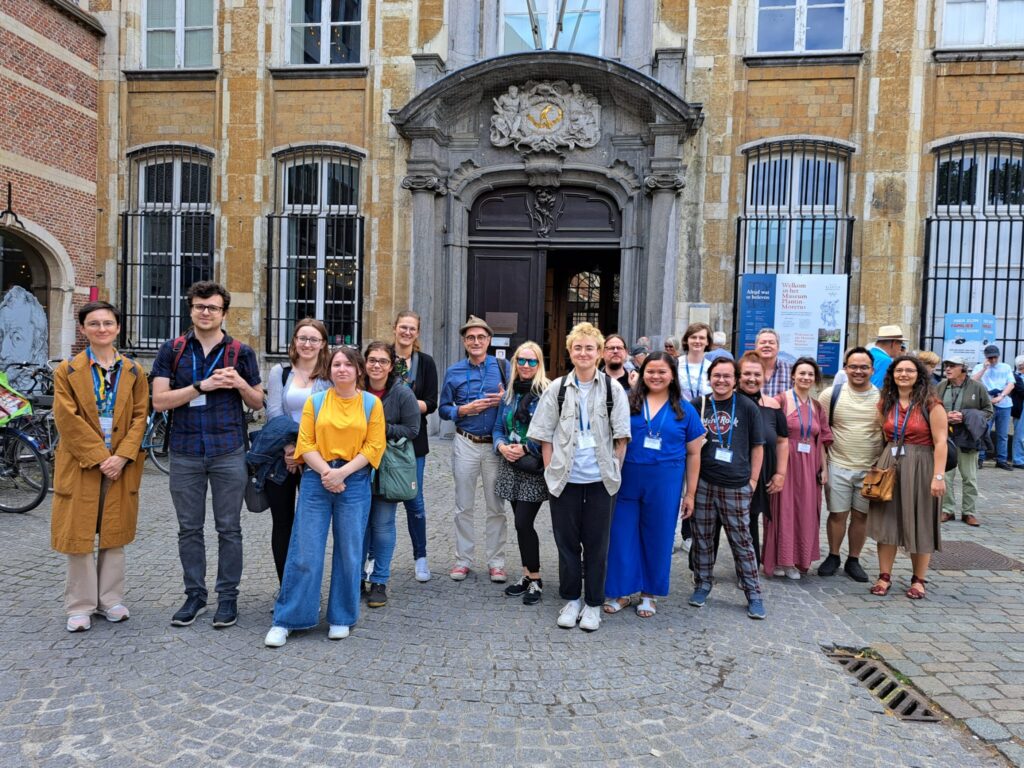
Curious about what we will offer in the Summer School Digital Humanities 2024? Keep an eye on the Antwerp Summer University website where you can also sign up for the newsletter.
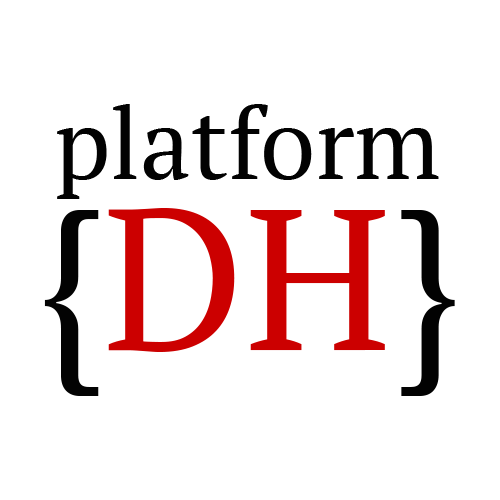
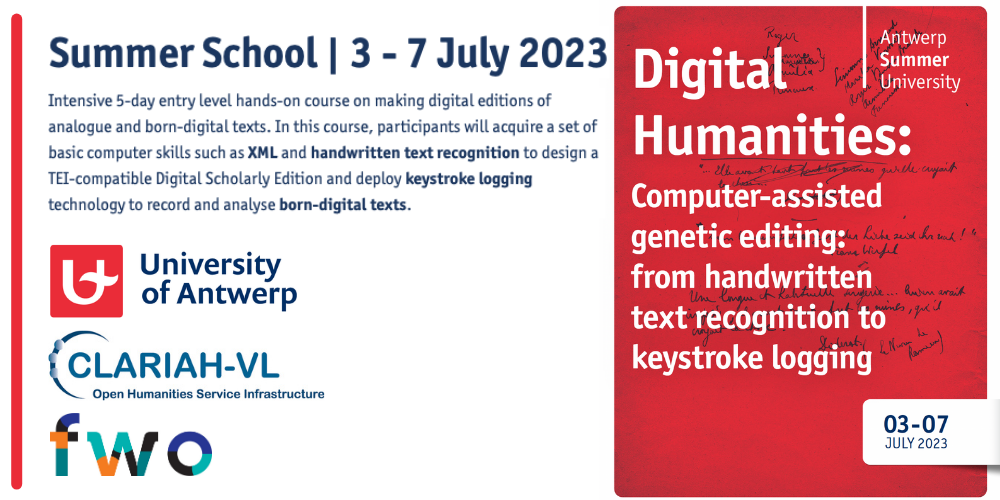
Leave a Reply